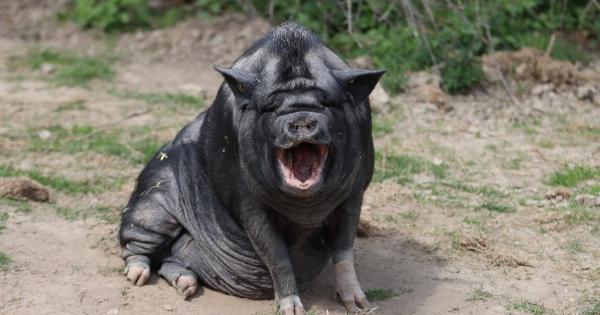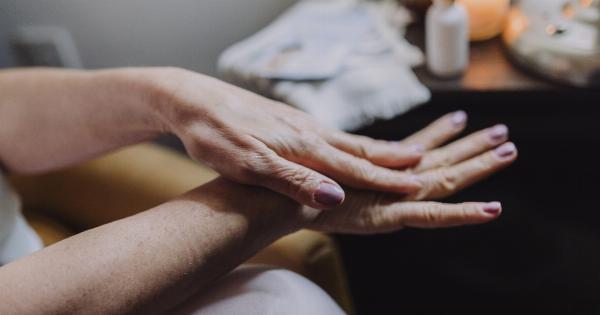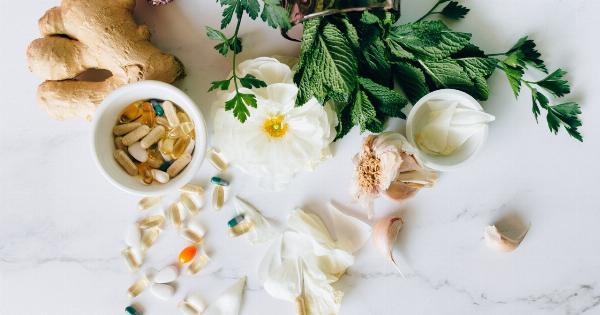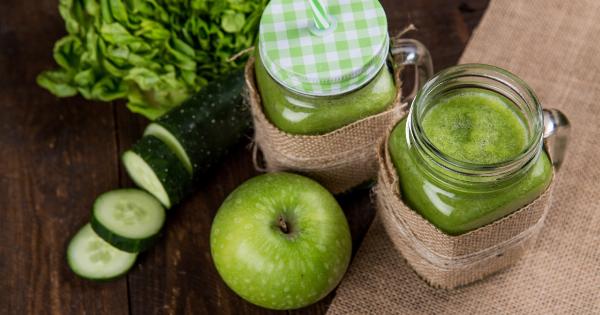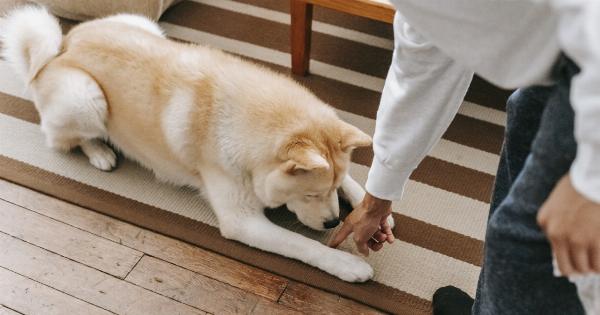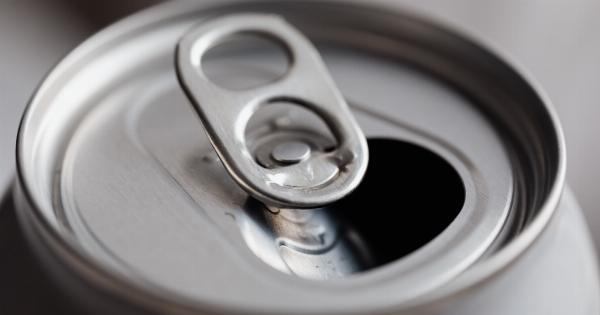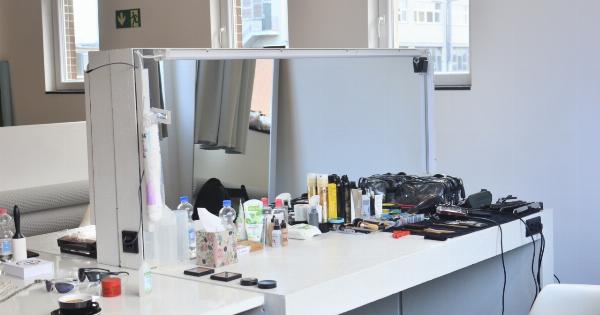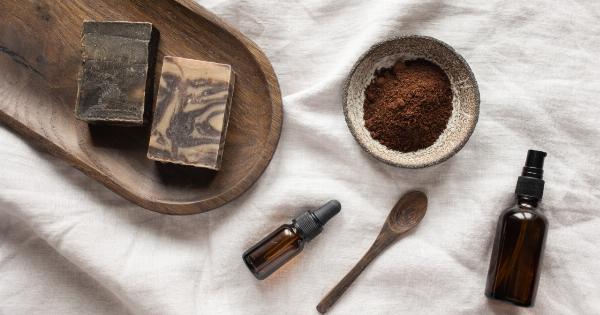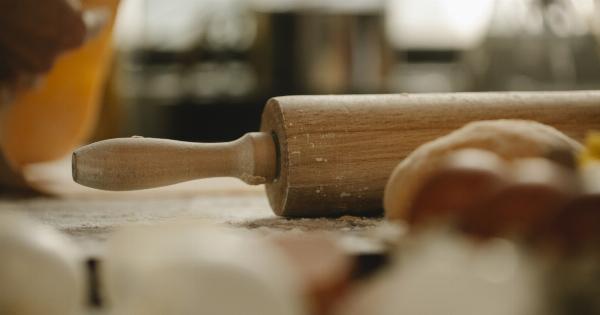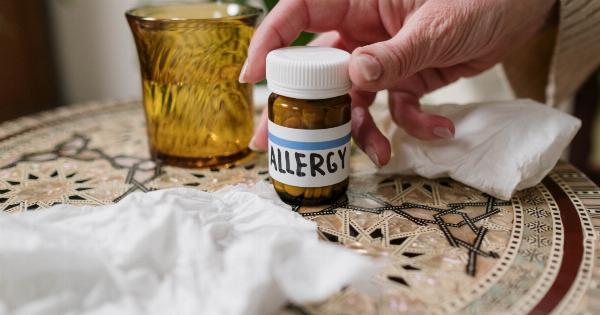Oily hair can be a real challenge to deal with, especially on hot summer days or during intense physical activities. It can make your hair look and feel greasy, limp, and lifeless, and even lead to acne breakouts on your scalp.
While there are many commercial products that claim to fight oily hair, some of them can be harsh, expensive, or ineffective. Fortunately, there is a natural remedy that you can find in your kitchen that can help regulate the oiliness of your hair and promote a healthy scalp and hair growth.
In this article, we will explore the benefits and uses of this simple kitchen ingredient and show you how to combat oily hair with ease.
What is the Simple Kitchen Ingredient for Oily Hair?
The secret weapon against oily hair is apple cider vinegar (ACV). ACV is a type of vinegar that is made from fermented apple juice.
It has many health benefits, such as improving digestion, promoting weight loss, regulating blood sugar levels, and lowering cholesterol. ACV is also great for your hair and skin. It contains acetic acid, which helps to balance the pH level of your scalp, remove product buildup, and control the production of sebum, the natural oil that your scalp produces.
By using ACV as a hair rinse, you can cleanse and nourish your hair, enhance its shine and softness, and prevent dandruff and itching. The best part is, ACV is cheap, natural, and easy to find in your local grocery store or online.
How to Use Apple Cider Vinegar for Oily Hair
Now that you know the benefits of ACV for your hair, let’s see how to use it effectively to combat oily hair:.
Step 1: Mix the ACV Hair Rinse
To make the ACV hair rinse, you will need:.
- 1 cup of water
- 2 tablespoons of apple cider vinegar
Simply pour the water and ACV into a glass or plastic bottle and shake well to mix. You can adjust the amount of ACV depending on your hair type and level of oiliness. For normal or dry hair, use 1 tablespoon of ACV per cup of water.
For oily or greasy hair, use up to 3 tablespoons of ACV per cup of water. Do not use undiluted ACV, as it can be too strong and irritate your scalp. You can make a larger batch of the ACV rinse and store it in a cool, dark place for up to one month.
Step 2: Shampoo Your Hair
Before using the ACV rinse, you need to shampoo your hair with a gentle, sulfate-free shampoo. This will remove dirt, sweat, and product buildup from your hair and prepare it for the ACV rinse.
Make sure to rinse your hair thoroughly with lukewarm water after shampooing, and gently squeeze out the excess water with your hands or a soft towel.
Step 3: Apply the ACV Hair Rinse
After shampooing, pour the ACV rinse over your hair and scalp, making sure to distribute it evenly. You can use a cup or a spray bottle to apply the rinse.
Massage your scalp gently with your fingertips for a few minutes to help the ACV penetrate your hair follicles and remove any remaining residue. Avoid getting the ACV rinse in your eyes or mouth, as it can sting and taste bitter.
Step 4: Rinse Your Hair with Cool Water
After applying the ACV rinse, rinse your hair thoroughly with cool water to seal the hair cuticles and lock in the moisture. Cool water also helps to reduce inflammation and promote blood circulation in your scalp.
You can use a detangling brush or a wide-tooth comb to remove any tangles or knots in your hair while rinsing it. Make sure to rinse until you see no more vinegar or foam coming out of your hair.
Step 5: Condition Your Hair
To complete your hair care routine, you can apply a small amount of conditioner to the ends of your hair and leave it on for a few minutes. This will help to soften and hydrate your hair, especially if you have dry or damaged hair.
Rinse your hair again with cool water and gently pat it dry with a towel. Do not rub your hair vigorously with a towel, as this can cause breakage and frizz.
Tips for Using Apple Cider Vinegar for Oily Hair
Here are some tips to maximize the benefits of apple cider vinegar for your oily hair:.
- Start with a small amount of ACV and gradually increase it as your hair gets used to it.
- Do not use ACV more than once a week. Overuse can dry out your scalp and hair.
- If you have sensitive scalp or skin, do a patch test before applying ACV to your hair.
- You can add essential oils, such as lavender or peppermint, to your ACV hair rinse to enhance its scent and therapeutic properties.
- You can also use ACV as a scalp treatment by applying it directly to your scalp with a cotton ball or a spray bottle. This can help to soothe itchiness, inflammation, and dryness, and improve hair growth.
- Make sure to rinse your hair thoroughly with cool water after using ACV to avoid any residue or odor.
Conclusion
Apple cider vinegar is a natural and effective remedy for combating oily hair. By using ACV as a hair rinse, you can cleanse, nourish, and balance your hair and scalp, and promote healthy hair growth.
ACV is easy to use, affordable, and safe for most hair types. Try incorporating ACV into your hair care routine and see the difference it can make for your hair and wellbeing.


